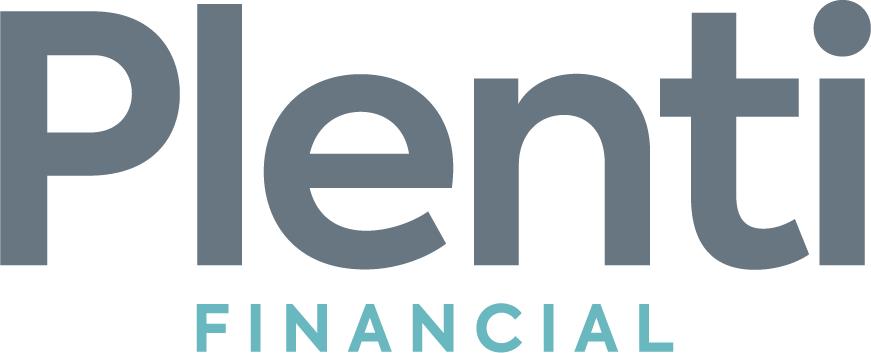When filing a 1031 Exchange, it is important to have your strategy, documentation, and real estate team in order so that the exchange can occur with the appropriate parties according to the fixed time window that an exchange affords. In this article, you will learn:
- How to architect your exchange strategy.
- What documents you must assemble for your exchange.
- How to organize your real estate team to assist in the success of your exchange.
Architect Your Exchange Strategy
It is important for investors to know, when initially considering an exchange, which exchange strategy they want to employ – Standard Exchange, Reverse Exchange, or Improvement Exchange. Which of these strategies an investor employs changes not only the fee of the qualified intermediary, but also what sort of properties they must identify, when certain documents must be submitted, and how the loan product functions in relation to the relinquishment and acquisition of the identified properties. Read more in the articles linked here to explore which exchange strategy is best for you. Ideally, you should consult a professional. Schedule a free consultation with one of our qualified 1031 Exchange experts to talk through your options.
Assemble These Critical Documents
It is important to assemble the documents necessary to the completion of a 1031 Exchange. In the Plenti Exchange Portal, we automate all of these forms and communication with the necessary parties so that you don’t have to stress about communicating with the right people at the right time. Instead, you will be notified when to act every step of the way.
Here is a list of documents that are part of the 1031 Exchange:
If you desire to use a loan product to fund your exchange, then it is important to assemble important loan documentation necessary for pre-approval as well:
Contact Your Real Estate Team
Make sure that you assemble your real estate team, including your real estate agent, real estate attorney, escrow agent, mortgage broker, and most importantly, your qualified intermediary.
Conclusion
Use these three angles of approach when strategizing a profitable 1031 Exchange. When your strategy is intentional, your documentation is in order, and your real estate team is primed to support the exchange, all that is left to you is to pick which properties you want to sell and which you want to purchase.


